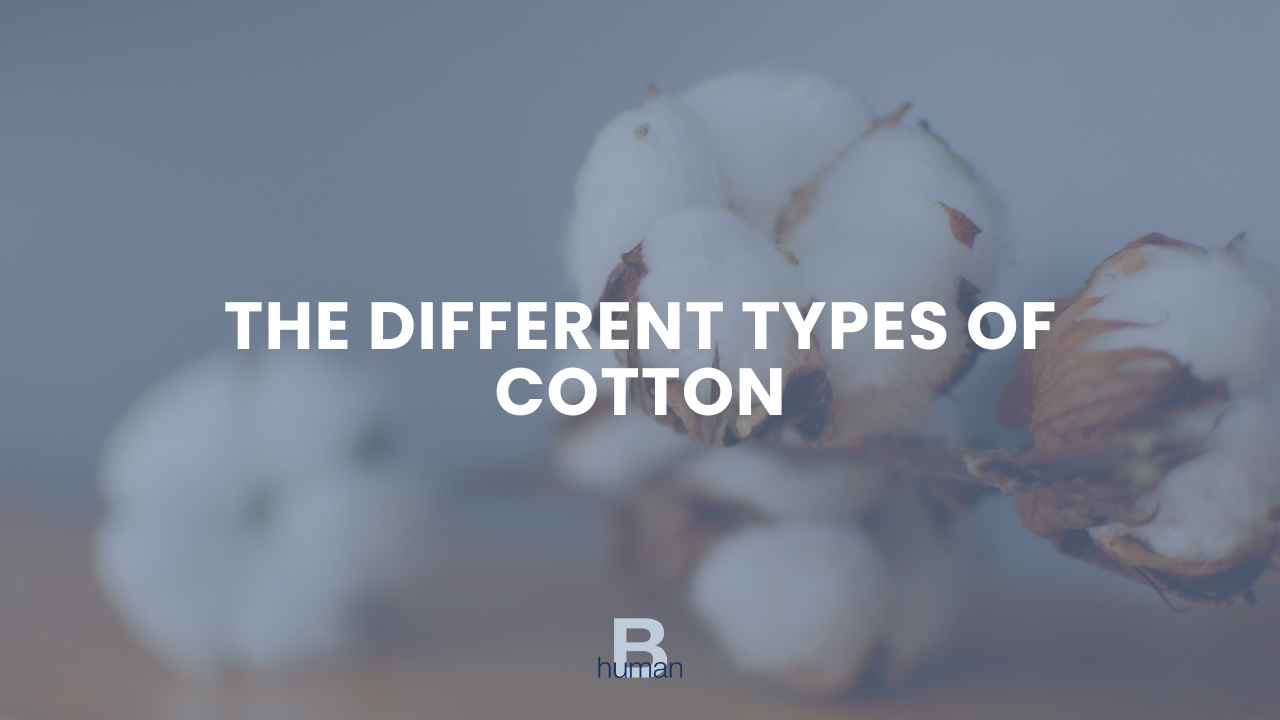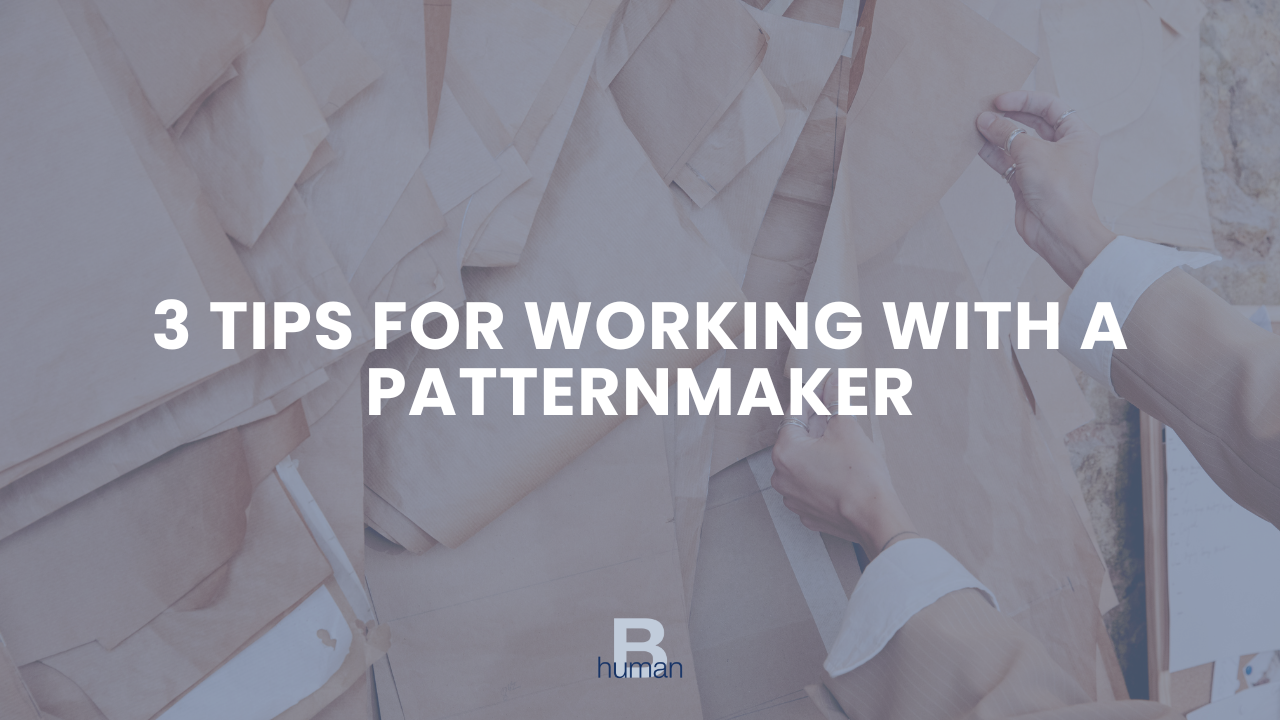A spec sheet and a tech pack are essential documents in fashion production, but they serve different purposes.
The Different Types of Cotton
Cotton is one of the textile industry's most widely used natural fibers. However, conventional cotton production methods have raised concerns about sustainability, environmental impact, and worker welfare.
In response, various alternatives have emerged, including organic cotton, recycled cotton, cotton produced under the Better Cotton Initiative (BCI), as well as a few other specialized types of cotton.
Let's dive into the different types of cotton and shed light on their differences and contributions to a more sustainable future.
3 Tips For Grading Apparel Products
Why Is Producing A Small Production Run Expensive?
3 Tips For Working With a Patternmaker
What Is The Most Profitable Category In Apparel?
The answer is one of these industry "secrets" that if you are new to the industry, and especially if you do sew or never produced apparel before, you simply wouldn't know it...
Yet once you hear the answer, I bet you'll go, "oh yes, that makes a lot of sense."
In this video, I also share info about the cost of labor and why certain categories are assumed to cost less than others...
What Are The Different Types of Samples And Their Purpose?
How Many Rounds of Fitting Should I Have When Developing a Fashion Product?
Developing a new apparel product is complex and requires numerous rounds of samples and fitting before you can get it right.
If you are new to this process, and since each round is an additional cost and time, the question becomes how many fittings rounds is reasonable to have? And how many rounds are too many?
Solving Inventory Challenges in a Consumer-Led Marketplace
The Five Latest Technologies in Fabrics & Materials
Technology is changing the way that we, fashion designers, approach fabric sourcing.
There's a whole range of pioneering textiles that are not only groundbreaking in a
technological way but also push the fashion industry towards more sustainable practices.
This includes the development of fabrics and materials from the byproducts of other
industries, which is also a much-needed step into a circular economy.
How to Source Fabrics for Your Fashion Product
Sourcing the right fabrics for your fashion products is half of the battle in developing the perfect garment.
However, the process can be overwhelming, long and frustrating, especially for a new brand that is new to the industry and can't yet commit to high volume.
How can you make this process more effective and less complicated?
Below I've put a checklist of the steps and actions that you should take to help you with that.
Design with Production In Mind
“We are experiencing many issues with our production, can you help us with this?”
If I had a cent for every time that I heard that sentence I would probably be retired by now.
Most fashion brands (especially if they are new or small), assume that since production is the last part in the process they’ll just worry about it when they get to it, and rather choose to focus mainly on designing and making the perfect samples.
NEWS FLASH - that is the wrong approach.
8 tips to conduct The Perfect Fitting Session
A good fit is obviously a result of a good pattern, but you will be surprised to learn how much impact your fitting sessions can have on how quick you will get there and how good and consistent your fit will be.
Not to mention how much money it will save you!
I have been part of hundreds of fitting sessions during my career and I'm always surprised to see how quick a fitting session can go wrong.
What is an RN number, And Do I Need one?
You have probably noticed it on some garments that you bought.
It is a number, usually somewhere on the care labels, most likely with the letters RN# before it. As in the picture below.
An RN number or registered identification number is a number issued by the FTC (Federal Trade Commission), upon request, to a business residing in the U.S. and engaged in the manufacture, importing, distribution, or sale of textile, wool, or fur products.
How to Calculate And Fix Fabric Shrinkage
Offshore or Domestic Apparel Manufacturing?
Deciding whether to produce your fashion product offshore or domestically goes beyond the reasons of cost and number of units you will need to produce.
As a matter of fact it's a decision that will impact how your business is set up and operates to best fit that scenario, re; what kind of people/services you should hire and even the details of your designs.
4 Tips for Getting The Best Results From Your Pattern Maker
Today’s post offers 4 tips to help you get the best results out of your pattern maker.
Knowing what to provide and how to direct your pattern maker is crucial to how well can they execute your vision. Whether you are a veteran or new to the industry the following should make your pattern maker job easier and will make you look like a pro not to mention save you time and money:
The New York Garment District
Ever wondered how the New York Garment District got its start? What happened to it and where it is heading?
In the Mid 19th century, New York City’s Garment District was built on ready to wear clothing that was mass produced and mass-marketed. The industry relied on the workings of a cheap yet skilled labor force—primarily immigrants of European Jewish and Italian descent who arrived in the United States trained in traditional tailoring.
During this time the garment industry was New York City’s largest employer, employing one hundred thousand people each year. Rapid growth was seen in twenty years when the amount of manufacturing firms increased from 562 in 1880 to over 1,800 in the 1900s.
In an effort to increase New York City’s shopping culture Fashion Row and Ladies Mile were
Time Time Time...
You have a great concept, you have the backing and the drive, but all of these things can’t make a line successful if it doesn't ship on time.
One of the biggest pitfalls for designers is staying on schedule and making their deliveries on time. It’s a struggle to design, produce, ship and sell on time, especially for designers who are learning how the fashion calendar works. The industry has standard dates that are predetermined for designers to follow as guidelines:
- Fabric shows – when the season’s fabrics become available
- Sales shows – when the current season collection is presented to stores
- Store delivery dates – when stores accept orders
Designers who end up with late product either do not stick to their calendars or are setting their calendars up incorrectly.
How you organize your time before and in between these industry dates will make or break
5 Points to Best Communicate Your Designs to a Sewing Contractor
As a designer, it is very important your collection is well executed for a show, presentation and market week, as well as the selling floor. And to have a well-made collection, or just a single garment, it starts after your designs are finalized and it’s ready for construction.
Most fashion houses already have their team of sewers who understands the design concept and know how each garment should be constructed, with some instructions given. However, majority of young designers don’t have the same resources. When they find a sewer or factory to sew their garments, young designers would think that this person would understand their design because of years of experience the sewer has under their belt. This is actually a BIG misconception. If no instructions given, the sewer can have a garment finished in a way that you originally did not want. This mistake would cost time and money.
When you give a new design to a sewer/factory, you should think ahead about the steps they





















